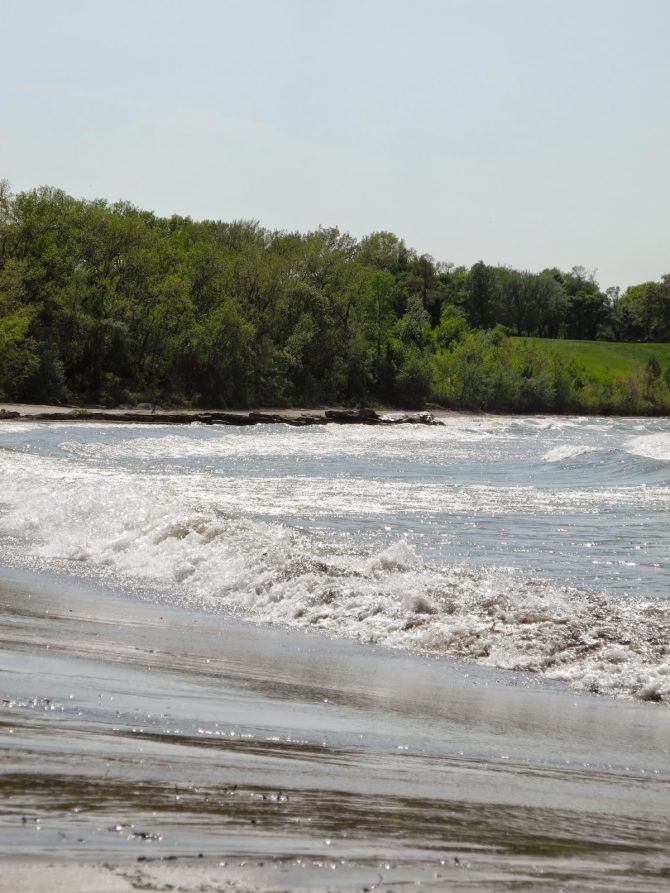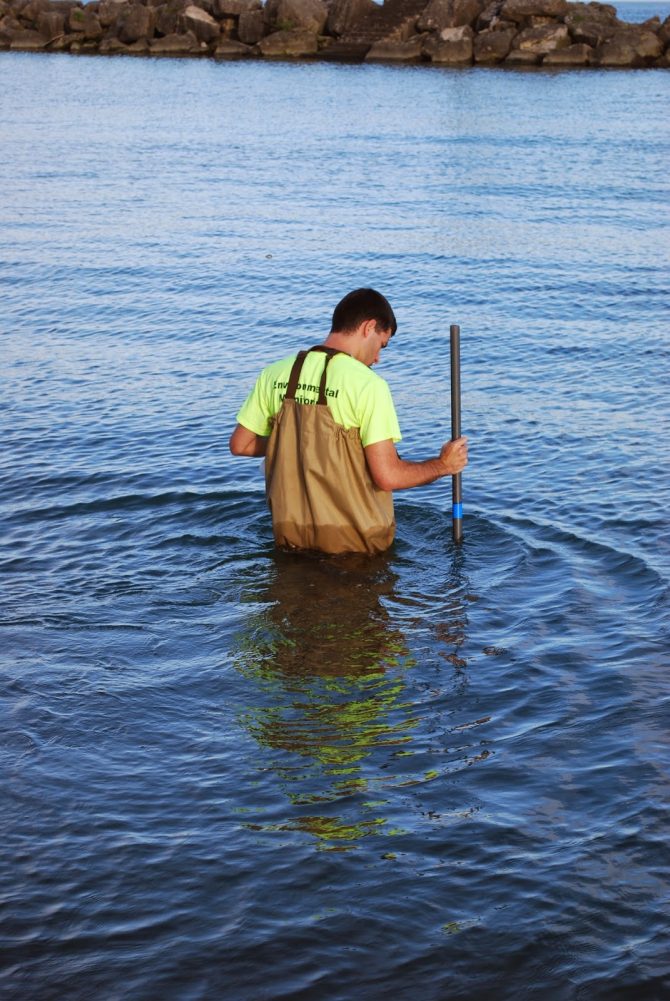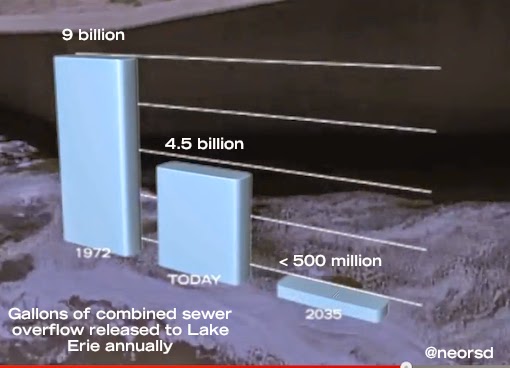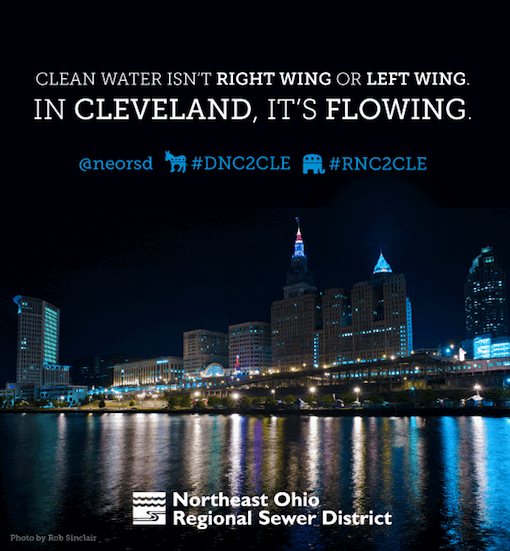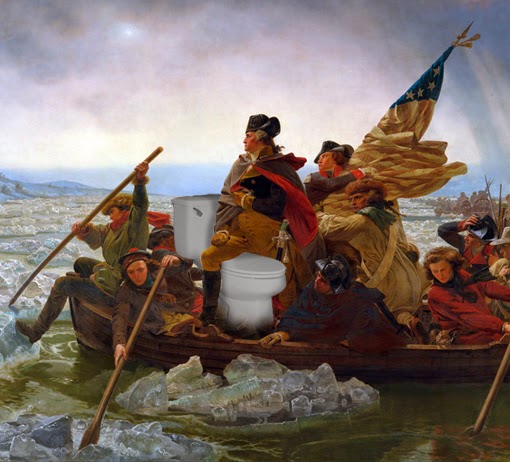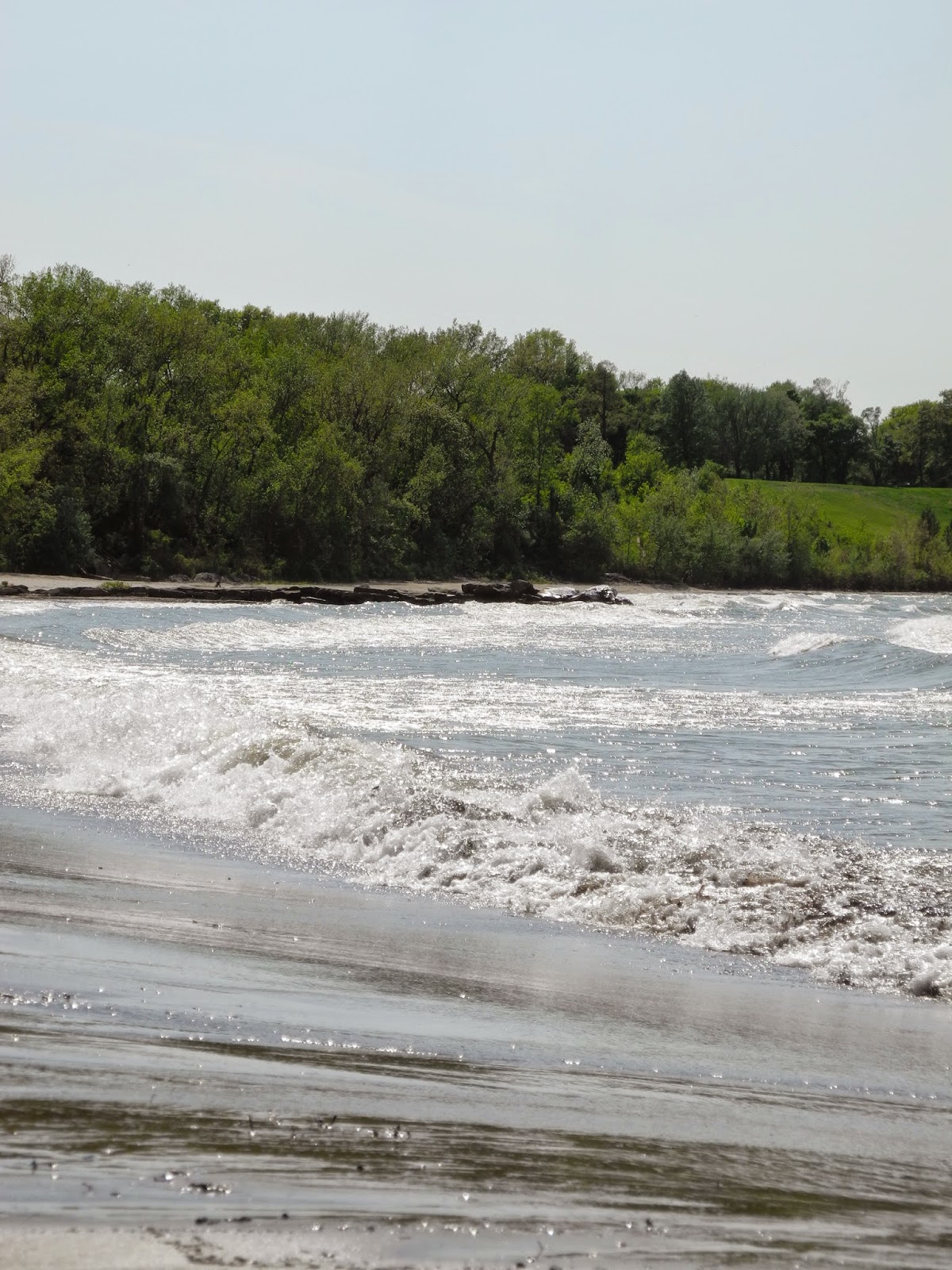
NOTICE: Swimming advisory for #Edgewater Beach has been lifted
Posted by Jared Shepherd
- 4460 Views
- June 28th, 2014
- in Miscellaneous
- No Comments
Saturday morning testing predicts ”Good” water quality rating
With today’s temperature readings expected to reach the high 80s, many Clevelanders are eager to get back to the beach. Our crews are predicting “Good” water quality at Edgewater Beach for Saturday, June 28, and have lifted the swimming advisory posted last week.
Sewer District crews are responsible for testing water quality at three area beaches—Edgewater Beach, Villa Angela Beach and Euclid Beach—using a rapid testing method to quickly predict whether bacteria levels in the lake are within safe limits for swimming and other shoreline activities. Due to a combined sewer overflow at Edgewater Beach (the first overflow in three years), the Sewer District posted a swimming advisory. Beach visitors—particularly children, the elderly and those in ill health—were advised to avoid contact with the water and any floating debris.
Following the combined sewer overflow at Edgewater Beach, Sewer District crews increased sampling frequency and locations. “In addition to our standard sampling at Edgewater, we have added four additional near-shore sites and five far-shore. We are also monitoring lake currents and meteorological data,” said Mark Citriglia, Manager of Analytical Services.
“This intensive sampling plan allows the Sewer District’s environmental staff to thoroughly assess the water quality across the entire face of the beach.”
“Edgewater’s beachgoers can rest assured that our crews are out in the field daily during beach season to ensure their safety. If the water’s bacteria levels are too high, we want the public to know,” said Julius Ciaccia, Executive Director. “Through our continued infrastructure improvements, we are committed to keeping our Great Lake great and wouldn’t settle for anything less.”
Since 1972, the Sewer District has reduced the volume of CSO by half—from 9 billion gallons to 4.5 billion gallons—and continues efforts to reduce CSO from entering local waterways. The Sewer District has $3 billion plan—Project Clean Lake—which will further reduce overflows from 4.5 billion gallons to 500 million gallons by 2035 through the construction of large-scale storage tunnels, green infrastructure and wastewater treatment plant upgrades.
As part of Project Clean Lake, the Sewer District is currently constructing the Euclid Creek Tunnel, which will hold 60 million gallons of raw sewage, redirecting it to the Easterly Wastewater Treatment Plant, improving water quality near Euclid Beach and Villa Angela Beach. The Mill Creek Tunnel, which was completed in 2012, can hold 75 million gallons of raw sewage, and redirects untreated wastewater to the Southerly Wastewater Treatment Plant instead of local waterways.
A historical perspective: 1970s compared to today
Throughout the mid-1970s, the combined sewer outfall at Edgewater Beach discharged raw sewage into Lake Erie approximately 40 to 50 times per year. However, because of the Sewer District’s improvements to aging infrastructure, the Edgewater combined sewer overflow discharges have significantly decreased: the overflow, on average, discharges only once every few years. The last discharge event at Edgewater Beach occurred on August 14, 2011.
Daily results are posted to the Sewer District’s home page and Twitter accounts.

